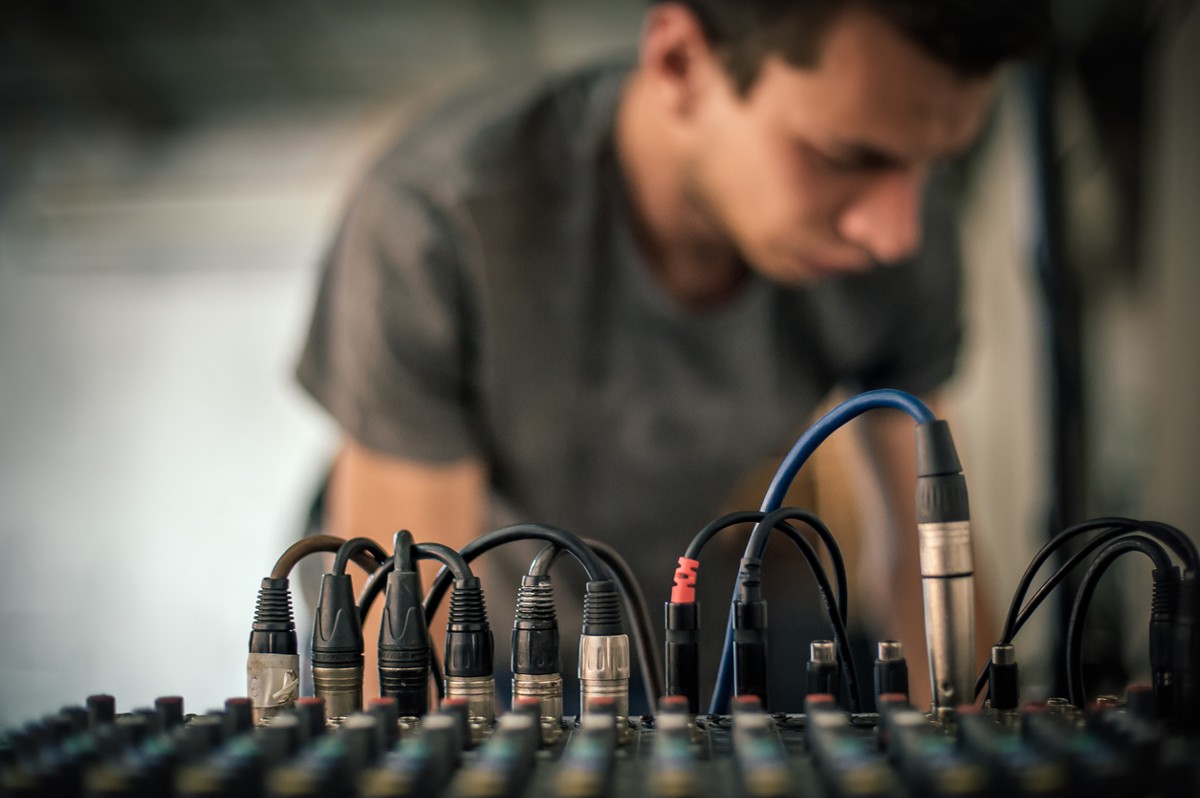
In an age of social media and working in the online world, podcasting and working in a studio is more common than ever. The most important investment you can make for your home podcast or work studio is a high-quality microphone, which needs a sturdy and durable mic cable. A microphone cable allows you to connect your microphone to various devices, such as a mic mixer, a harmonizer, or even used alone for stage lighting.
The GearIT XLR to XLR microphone cable is an affordable and multi-device cable that promises superior sound transmission for all your audio needs. It’s a professional grade, high-quality option designed for durability and secure connectivity to improve sound quality and block out background frequencies. In this review, we’ll discuss the amazing features of this reliable connector, as well as share a buying guide that details the most important factors to consider when buying a microphone cable.
GearIT XLR to XLR Microphone Cable (10 Feet, 6-Pack)

For those looking to experience a new level of clarity and precision in sound recording, the GearIT XLR to XLR microphone cable is the perfect option. With its professional grade, 3-pin XLR male to female cable design, this cable is great for a variety of different uses, including use with lighting, mixing, and other professional recording equipment.
This cable uses oxygen-free copper conductors that offer exceptional sound quality and spiral braided copper shielding to significantly cut down on interference and insulate excess noise, offering sound quality you can hear. It’s crafted with heavy-duty metal connectors and has molded strain relief, encased in a soft, flexible PVC jacket with a 6.0mm outer diameter, ensuring its durability and resilience. The 3-pin XLR mic cord is universally compatible for versatile use and convenience.
Pros
- High-quality sound transmission
- Shielded and flexible cable for lasting durability
- Suitable for use across various audio devices
Cons
- Cable colors differ from the pictures slightly
From the manufacturer
- 3-pin XLR male to female cable
- Features oxygen-free copper conductors
- Spiral braided copper shielding
- Heavy-duty metal connectors included
- Molded strain relief design
- Protective outer PVC jacket
- 6-pack of 10ft black cables
Costumer review
Customers are raving about the quality and value for money of this microphone cable set. One customer left a 5-star review commenting on the functionality of these cables, saying, “I am currently using wires for my podcast. I love the quality and plan on ordering more. If you are looking for good wires for a good price I recommend these.”
Other products from the brand

GearIT XLR to XLR Microphone Cable (10 Feet, 6 Pack)

GearIT XLR to XLR Microphone Cable (10 Feet, 10 Pack)

Microphone cables: a buyer’s guide
Whether you’re looking to upgrade your current audio setup or want to connect a speaker to an output device, investing in a good-quality microphone cable can easily enhance the sound quality of your audio or video and ensure clear and uninterrupted sound transmission.
Finding the right microphone cable to fulfill your needs is a daunting task, especially with so many different cables available on the market. This buying guide will assist you in making the best decision possible, listing all the key qualities you should look out for when looking to buy a quality mic cable.
Cable length
You should definitely consider the length of a microphone cable before purchasing one. Microphone cables come in varying lengths, providing flexibility to suit your unique needs. Whether your audio setup is in a compact space or a large recording studio, there is an option that will work for you. Ensure the cable length is long enough for you to work with your equipment comfortably.
Connector quality
Connectors play a key role in the sound transmission process. You’ll want cables that are equipped with quality, metal-made connectors that ensure secure connections between your microphone and audio interface. High-quality connectors guarantee minimal signal loss and interference, leading to superior audio reproduction. They are also designed to withstand regular usage, ensuring the cable’s longevity.
Wire gauge
The wire gauge of a cable is a measure of its thickness, and you should factor this in when looking to buy a microphone cable. A thicker wire gauge implies a larger diameter, enabling the cable to carry audio signals over longer distances without loss of audio quality. If you require a long cable or anticipate frequent usage, a thicker wire gauge will aid in delivering optimal performance.
Shielding
The shielding of a wire protects the internal wires from external interference, such as electromagnetic or radio frequency noise. Opt for microphone cables that use high-quality shielding materials like copper to reduce any unwanted noise in your audio signal.
Durability
The durability of a microphone cable will heavily determine its longevity cycle. You’ll want to try opting for cables that feature exterior support or casing, such as a flexible outer jacket or an insulating coating, that can withstand heavy usage and resist tangling and kinking. Additionally, cables with strain relief features at the connectors prevent damage from repeated bending or twisting.
People also ask
How do I use the an XLR to XLR microphone cable?
To use this type of cable, simply connect the XLR male end to your microphone or audio device and the XLR female end to your mixer, speaker, or other audio equipment. Make sure the connectors are fully inserted and locked in place.
How do I maintain my microphone cable?
To maintain your microphone cable, avoid kinking or tightly coiling it. Do not pull on it to unplug it—instead, grab it from the connector. Keep it away from liquids and sharp objects to avoid damage.
Is an XLR to XLR microphone cable compatible with my equipment?
Most of these cable follow the standard 3-pin XLR connector format, making them compatible with most professional audio equipment. However, always check your equipment’s specifications to ensure compatibility before purchase.
How long are XLR to XLR microphone cables?
XLR to XLR microphone cables come in various lengths, generally ranging from 1ft to 20ft.
Are microphone cables kink-proof?
Although some microphone cables feature a flexible PVC outer jacket that is meant to resist kinks and bending, it’s best to avoid excessive coiling of the cable to prevent potential damage to its quality.


